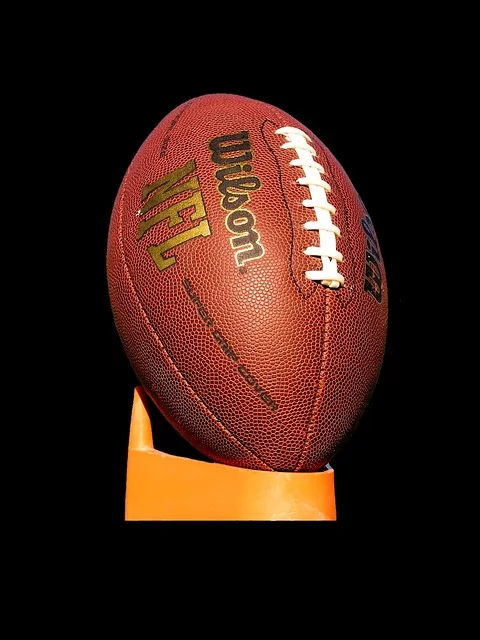In the high-stakes game of NFL broadcasting, a new play is unfolding – one that could see the league pivoting from traditional broadcast partners to streaming giants like Prime and Peacock. This strategic shift, akin to a quarterback changing the play at the line of scrimmage, reflects the evolving media landscape and the challenges of blackout negotiations that have long plagued traditional broadcasters.
Imagine this: It’s a crisp Sunday afternoon, the kind of day that football dreams are made of. Fans across the country settle into their favorite spots, ready to cheer on their beloved teams. But instead of the familiar network logos lighting up their screens, they’re greeted by a frustrating message – a broadcast blackout, a negotiation impasse between networks and providers. This scenario, all too common in the traditional broadcasting playbook, leaves fans sidelined, their Sunday rituals disrupted.
Enter the streaming services – the nimble, fast-paced wide receivers of the media world. Platforms like Prime and Peacock are breaking through traditional broadcasting defenses with the promise of uninterrupted service, personalized viewing experiences, and a broader reach, especially to the younger, tech-savvy demographic. They’re not just changing the game; they’re rewriting the rulebook.
The NFL, always with an eye for the end zone, recognizes the potential of these platforms. Streaming services offer a way out of the blackout quagmire. No more haggling over carriage fees or regional restrictions. Instead, a smooth, direct pass to viewers, wherever they are, whatever device they’re using. The league, known for its strategic acumen, sees the writing on the stadium walls: adapt or risk losing the audience.
Why are Prime, Peacock, and others such a great play call? First, there’s the issue of accessibility. These platforms can reach anyone with an internet connection, breaking down geographical barriers that traditional broadcasting can’t hurdle. Then there’s the appeal to the next generation of fans, those who’ve cut the cable cord and live by their streaming subscriptions. This shift isn’t just about now; it’s about securing the future fanbase of the NFL.
Moreover, these platforms bring innovation to the broadcast booth. Imagine watching a game with customizable camera angles, in-depth analytics at your fingertips, or even virtual reality experiences that put you on the field. This isn’t a pipe dream; it’s the potential of streaming technology, a potential that traditional broadcasting, with its static delivery, simply can’t match.
Of course, this isn’t to say that the transition will be without its challenges. There are questions of revenue sharing, advertising models, and the readiness of some fan segments to make the digital leap. But the potential benefits – wider reach, innovative viewing experiences, and an end to blackout frustrations – make a compelling case for the NFL to seriously consider this pivot.
In the final analysis, the NFL’s exploration of streaming services as primary broadcasters isn’t just a play for more yards; it’s a strategic move to secure the league’s future in an ever-changing media landscape. It’s about staying ahead of the game, ensuring that when Sunday rolls around, the only blackout fans worry about is their team’s defense shutting out the opposition.
You may also like
-
The Rising Astros Eclipse the Storied Yankees in this New Era of Baseball
-
The T20 Cricket Revolution: Why America is Falling for the Sport’s Shortest Format
-
The Couture Conundrum: Unraveling the Thread of Luxury Fashion’s Offshore Manufacturing
-
A New Era of Pro Golf: The PGA and LIV Golf Merger to Usher Unprecedented Change
-
MLB’s Blackout Policy: A Fastball Lagging Behind the Streaming Revolution
